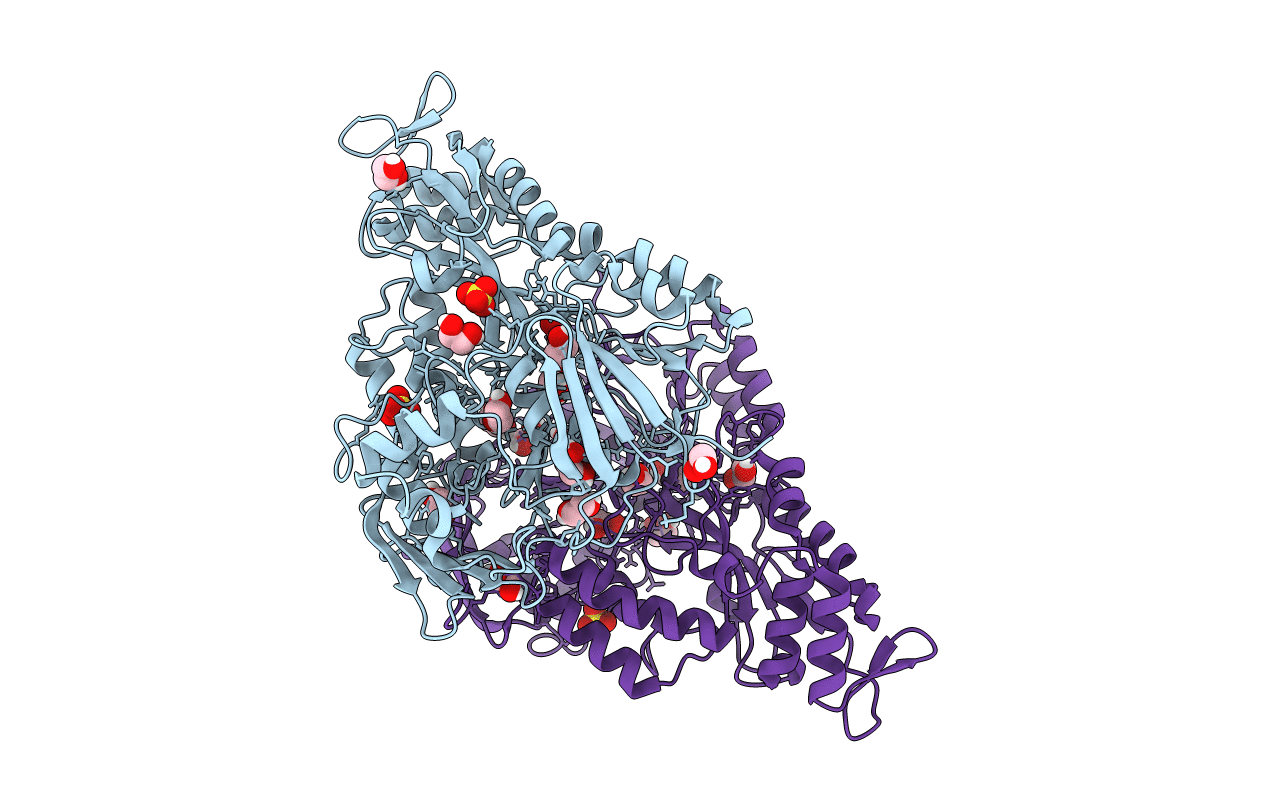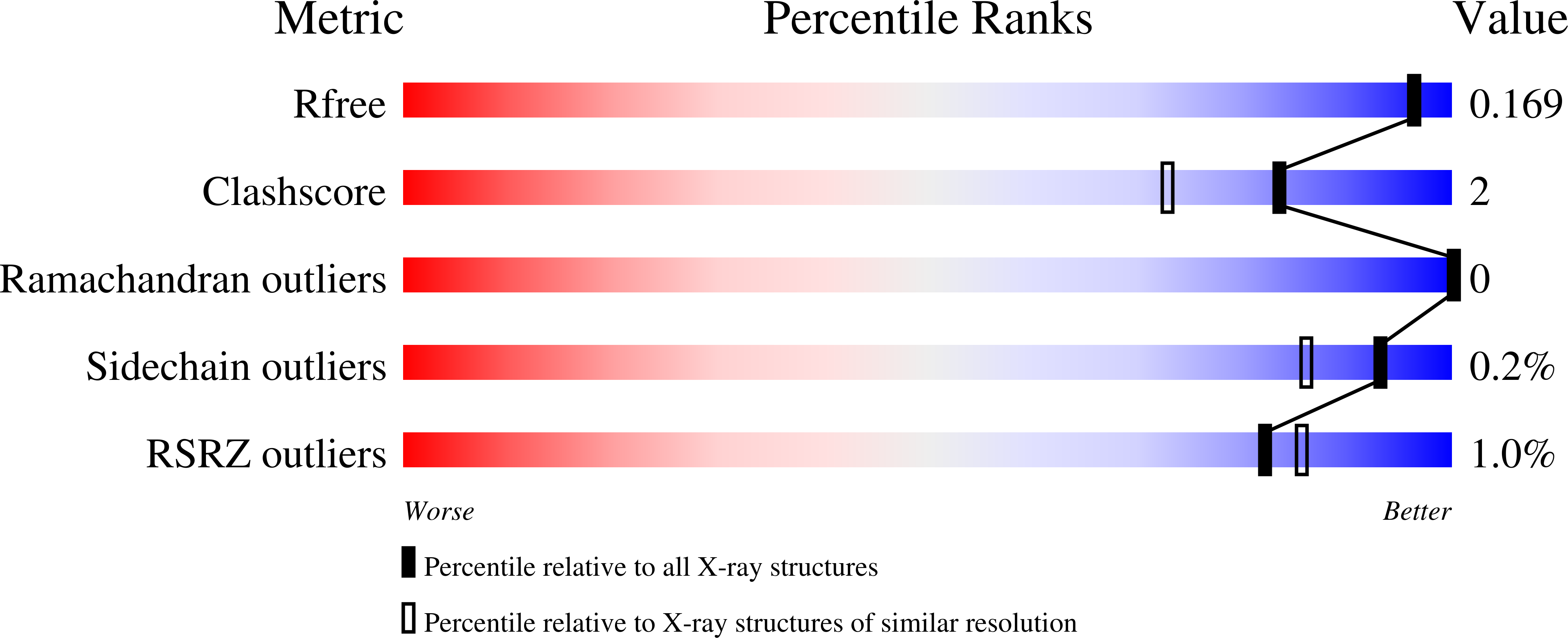
Deposition Date
2020-04-20
Release Date
2020-11-18
Last Version Date
2024-11-13
Entry Detail
PDB ID:
6WM7
Keywords:
Title:
Periplasmic EDTA-binding protein EppA, orthorhombic
Biological Source:
Source Organism:
Chelativorans sp. (strain BNC1) (Taxon ID: 266779)
Host Organism:
Method Details:
Experimental Method:
Resolution:
1.56 Å
R-Value Free:
0.17
R-Value Work:
0.15
R-Value Observed:
0.15
Space Group:
P 21 21 21


